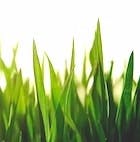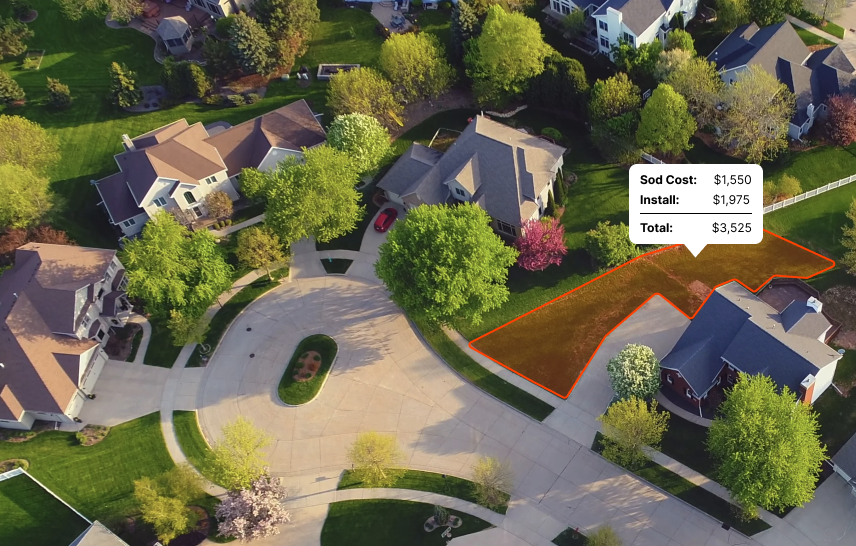Pick grass that can take the heat, literally and figuratively, swinging from those sizzling Ohio summers to the freezing winters with grace.”
Introduction
If you're thinking about laying some fresh green turf in Ohio, here's the scoop. Ohio's got that hot-summer-cold-winter dance going on, courtesy of its humid subtropical climate. This means you need grass that can sweat through the summer and freeze through the winter.
Perfect time to break ground? Try late summer or early fall. Your new grass gets a chance to settle in and stretch its roots before winter's chill sets in.
But hey, if you miss the fall train, spring's got your back! Ohio lives in Grass Zone 5. And what does that mean for your lawn?
Well, you're dealing with a fairly short growing season and some pretty frosty winters. So, you need to pick some real troopers, grasses that can take whatever Mother Nature dishes out, be it drought or a downpour. All in all, if you're in the market for new turf in Ohio, remember, it's all about the climate.
What are the best sod types for OH?
In the world of landscaping, not all grasses are created equal. Each thrives in a specific climate zone: cool, warm, or transition.
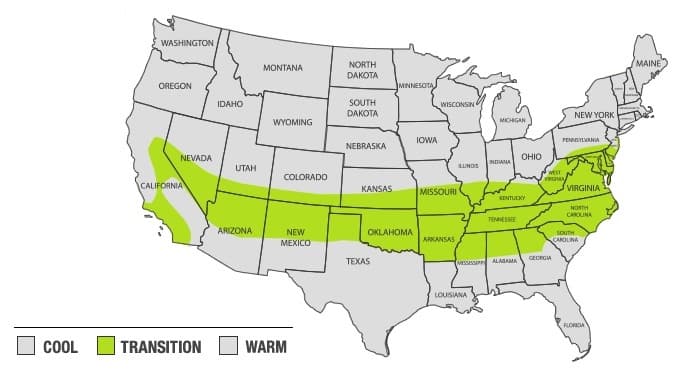
Ohio, with its transition zone climate, prefers a particular set of grasses that relish the a wide range of temperatures. The following sods are the easiest to grow and maintain in Ohio:
While it's possible to grow grasses meant for other regions with proper care, attention and timing, these are the most common grasses in Ohio for residential lawns.
Level Up Your Lawn Skills
Once per week we'll send you an interview from someone who has mastered the art of lawn care.
Recommended species for shade
Alright, welcome to the shade club! Looking for the best grasses for shaded areas in Ohio? Pull up a seat, you're in the right place. We're about to unload some knowledge.
Fist up, Kentucky Bluegrass. Diva of the shade, this beauty craves the limelight – well, sunlight, around 4 hours a day. But still, it's a chill champ when it comes to cooler areas in your yard.
Mow it to around 3.5 inches and your lawn will look like the Augusta National in no time.
Next on deck, we got Fine Fescue. Like that one friend who's cool with everything, Fine Fescue handles partial shade like a pro. You're looking at a minimum 4 hours of filtered sunlight for this lad. Plus, it pairs well with other grass varieties to create a solid lawn community.
And let's not forget, Tall Fescue. Not a fan of full sun, this type of grass has the ability to keep itself hydrated even in deeply shaded areas. A solid 4-6 hours of dappled or indirect sunlight daily and this water-wise warrior is good to roll!
Finally, say hello to perennial ryegrass. Known for its quick germination and growth, this fast and furious champ can also handle a good level of shade. All it demands is about 6 hours of sunlight, even if it’s filtered. Remember, a happy ryegrass is a watered ryegrass!
Remember, these aren't just grasses - these are resilient plants that turn your shadows into showpieces! So go ahead, and sod it up. Your shady lawn never looked so good. Let's make the neighbors jealous, shall we? Ready for the next section? Good, because there's more gold coming your way.
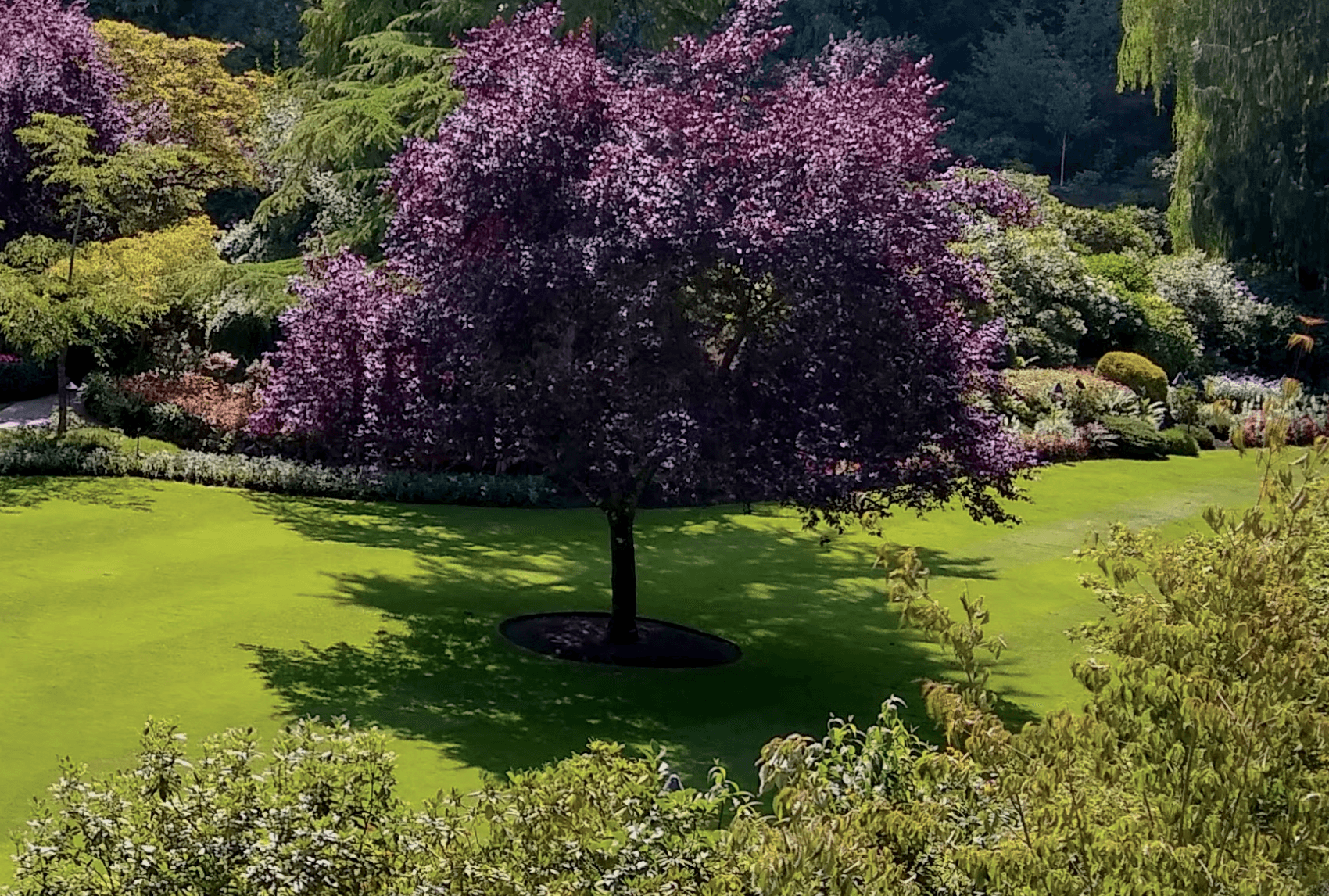
Recommended for full sun or partial sun
Choosing the right sod for your lawn depends heavily on the sunlight exposure in your yard. Different grass types have varying light requirements for optimal growth and appearance. Assessing whether your lawn receives full or partial sun is essential in selecting sod that will flourish and stay healthy in your specific environment.
Below are some sod options recommended for either full sun or partial sun conditions in OH:
| Grass Type | Sun | Good to Know |
|---|---|---|
| Tall Fescue | Partial | Tall Fescue is adaptable to a range of conditions, including partial sun, and is known for its deep root system and tolerance to drought. |
| Kentucky Bluegrass | Full | Kentucky Bluegrass prefers full sun and is prized for its fine texture, rich color, and ability to recover quickly from damage. |
| Perennial Ryegrass | Full | Perennial Ryegrass thrives in full sun and is known for its rapid germination, fine texture, and bright green color. |
| Fine Fescue | Partial | Fine Fescue is well-suited for partial sun and is appreciated for its fine texture, shade tolerance, and low maintenance requirements. |
What varieties stay green year-round?
As with anything agriculture related, there is some nuance to this question. There are many grasses that can stay green year round in but it depends heavily on your location within Ohio as well as any microclimates that may exist.
The following grasses have the ability to stay green year round in Ohio:
| Grass Type | Caveats |
|---|---|
| Tall Fescue | It typically stays green throughout the year in milder climates, given that it isn't overly stressed by heat or drought in the summer. |
| Kentucky Bluegrass | It can retain its green color for much of the year when well-maintained, though harsh winter temperatures can push it towards dormancy and a browner hue. |
| Perennial Ryegrass | It can stay vibrant and green throughout the year in many climates, unless conditions are extremely cold or dry. |
| Fine Fescue | It keeps its green color throughout the year in ideal conditions. If the winters are particularly harsh, it may lose some color. |
What is the best time to lay sod in Ohio?
For transition zones, consider the type of sod. For warm season grasses, aim for late spring. This gives them a full summer to establish before winter. For cool season grasses, fall is best, allowing roots to develop in mild temperatures. Whichever you pick, avoid extremes of summer and winter. So, late spring for warm grasses, fall for cool ones, and skip the severe seasons.
As you can see in the image below, you'll notice the most shoot growth (the grass above ground) and root growth in the spring and fall for cool season grases and during the summer for warm season grasses:
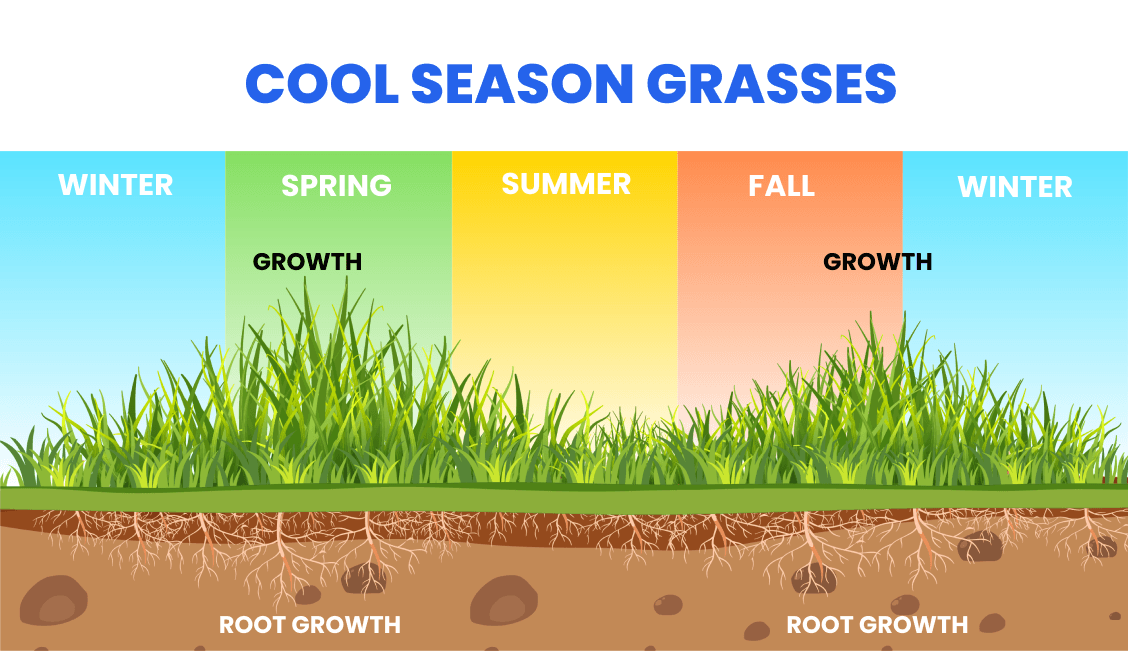
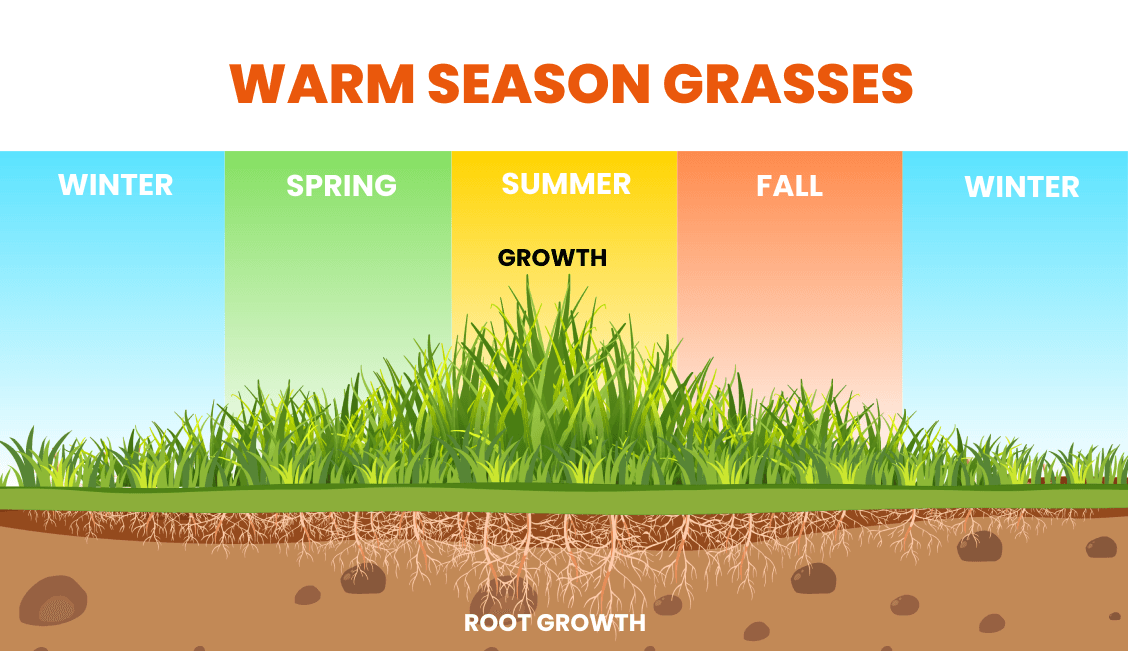
Find reputable companies for installing sod in OH
Here are the top problems you'll face when trying to get sod installed by a landscaping company:
- They're not transparent about pricing. You'll often get a quote that's way higher than you'd expect.
- They're hard to get ahold of on the phone or you'll reach out online but won't hear back.
- It's hard to pin them down for a specific date. Because you can only bring sod from the farm when there's decent weather, this causes some delays at times. It also has a short shelf life, so it's important to get it installed within a day or two of delivery.
We've done all the work for you. Click below to get a quote from one of the top installers in Ohio.
